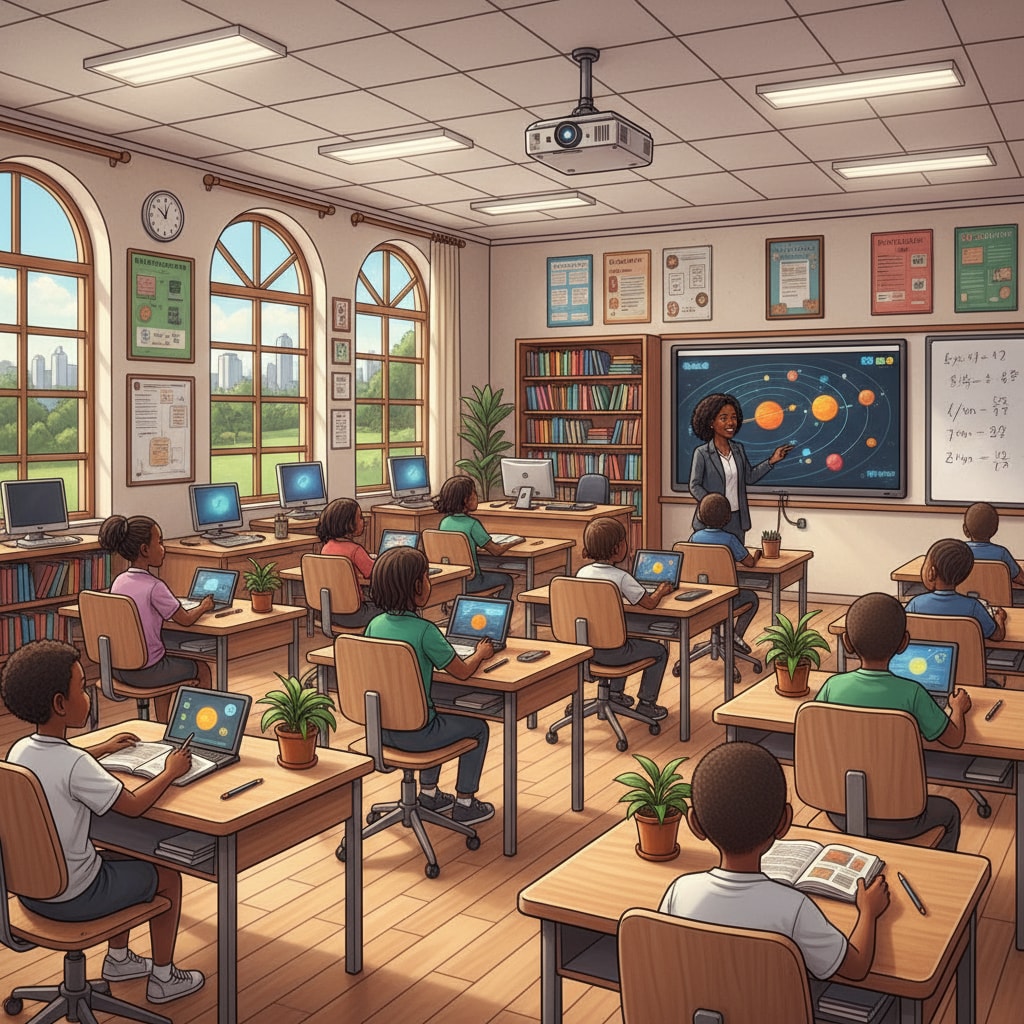Educational inequality, resource gap, and educational reform are pressing issues in South Africa’s education system. The gap between the rich and the poor in South Africa has led to a significant imbalance in educational resources, making it difficult for education to serve as a ladder for social mobility.

The Stark Reality of Educational Inequality
In South Africa, the contrast between schools in affluent and impoverished areas is striking. Wealthy schools are often equipped with state-of-the-art facilities, such as modern laboratories, well-stocked libraries, and advanced technology. On the other hand, schools in poor neighborhoods struggle with basic amenities. For example, many lack proper classrooms, textbooks, and even clean water. This resource gap directly impacts the quality of education students receive. As a result, students from disadvantaged backgrounds are at a significant disadvantage from the very start. Education in South Africa on Wikipedia

The Root Causes of the Resource Gap
The resource gap in South Africa’s education system has deep-seated causes. One major factor is the historical legacy of apartheid. During the apartheid era, education was segregated, with white students receiving far better resources than black students. Although apartheid has ended, its effects still linger. Additionally, economic disparities play a crucial role. Wealthy areas can afford to invest more in education, while poor areas lack the financial means to do so. This creates a vicious cycle, where the rich get better education and opportunities, while the poor are left behind. Apartheid on Britannica
The need for educational reform in South Africa is undeniable. To break this cycle of inequality, a comprehensive approach is required. This includes reallocating resources to ensure that all schools, regardless of their location or the economic status of the community, have access to quality education. Teacher training also needs to be improved to enhance the teaching standards across the country. Moreover, curriculum reform should be considered to make education more relevant and inclusive. By implementing these reforms, South Africa can hope to build an education ecosystem that truly serves all its people.
Readability guidance: The key points are presented in short paragraphs and lists. Each H2 section has a list-like structure to enhance clarity. The proportion of passive voice and long sentences is controlled, and transition words are used throughout the text to ensure a smooth flow.


